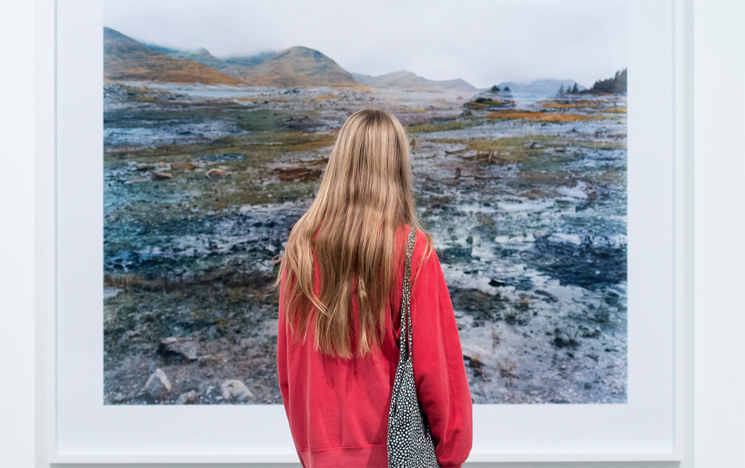Art history
Whether you're studying abroad at Sussex for a semester or year, you can browse our art history modules below, and if you're unsure what to study, follow our top tips for how to choose a module.

Browse our modules
You can see our full list of art history modules below.
Year 1
Year 2
Year 3
Not sure how to choose?
Follow our top tips for choosing your modules. You can also find out about our teaching structure, assessment process and how your credits transfer back to your home institution.
Find out more.
Which school will I study in?
You'll study in the Art History department which is part of the School of Media, Arts and Humanities.
You'll learn in fantastic facilities including a state-of-the-art conservation centre at The Keep and the Attenborough Centre for the Creative Arts.****
Find out more.
Our Art History research
Staff at Sussex are curating exhibitions at renowned galleries such as the Tate Modern, The Science Museum and V&A.
This experience shapes our teaching, so you learn from academics at the forefront of their fields.
Find out more.
Contact us
If you are studying at Sussex for a semester or year and have questions, email sussexabroad@sussex.ac.uk.
*The Times and Sunday Times Good University Guide 2021 **The Guardian University Guide 2021 ***Such as the Tate, the Victoria and Albert Museum and the National Media Museum ****Access to facilities dependent on modules studied.